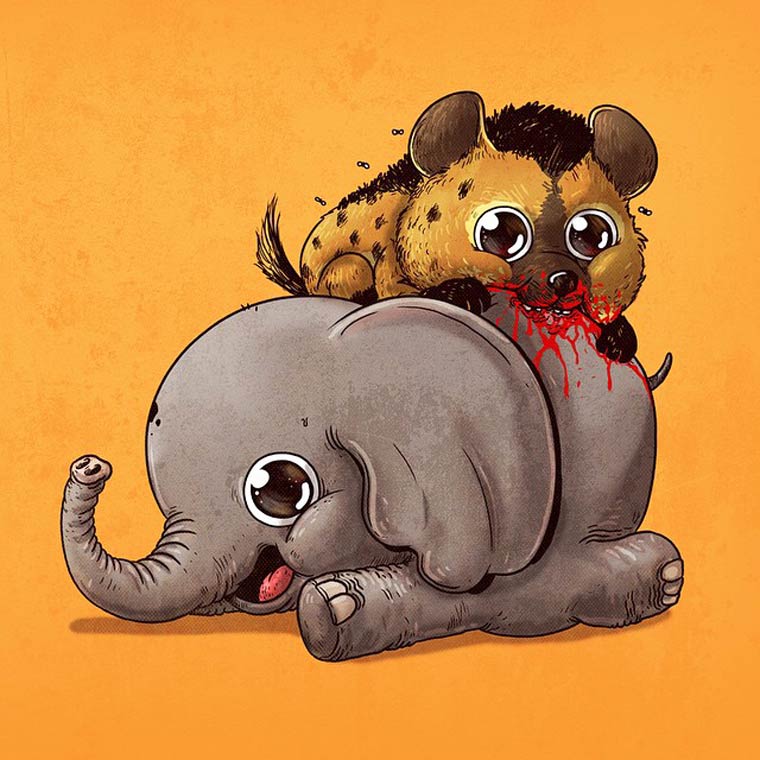


These bodies are transmitted through infection from another human being, animals, contaminated food, or from exposure to any of the environmental factors that are contaminated with any of these bodies. These foreign bodies are germs, viruses, fungi, or parasites. Infectious diseases arise when contaminated foreign bodies enter the human body. This technique enables us to approximate other related models including fractional-derivative operators with high accuracy and efficiency. The graphical representation of the mathematical results is provided through a precise numerical scheme. Many scenarios are obtained, which implies the richness of the suggested model and the importance of this study.

The influence of this infection measured by the transmission rate on the evolution of predator-prey interaction is determined. Moreover, the stability of equilibrium points is studied. In this model, we then shift the role of standard derivatives to fractional-order derivatives to take advantage of the valuable benefits of this class of derivatives. This situation occurs when a pair or group of animals coordinate their activities as part of their hunting behavior in order to improve their chances of making a kill and feeding. Indeed, it is considered that the predators have a cooperative hunting. Also, we assume that there is a non-fatal infectious disease developed in the prey population. A computational predator-prey model of fractional order is considered. In this research, we discuss the influence of an infectious disease in the evolution of ecological species.



 0 kommentar(er)
0 kommentar(er)
